pictures & videos
Like ‚mammalian hummingbirds‘, Pallas‘ long-tongued bats (Glossophaga soricina) perform short hovering flights in front of bat-pollinated flowers and use their elongated tongue to lick up the nectar.

Flower visits are super short and usually do not last longer than one second. Here, a flower-bat is feeding on Bauhinia ungulata, a bat pollinated Fabaceae (Santa Rosa, Costa Rica):
A flower-bat visiting the bell shaped flower of Merinthopodium neuranthum, a bat pollinated Solanaceae (Tirimbina, Costa Rica):
Hovering flight at a fake flower in slow-motion. The whole sequence lasts for only about one second:
They are smart and sneaky and do not hesitate to empty hummingbird feeders overnight:
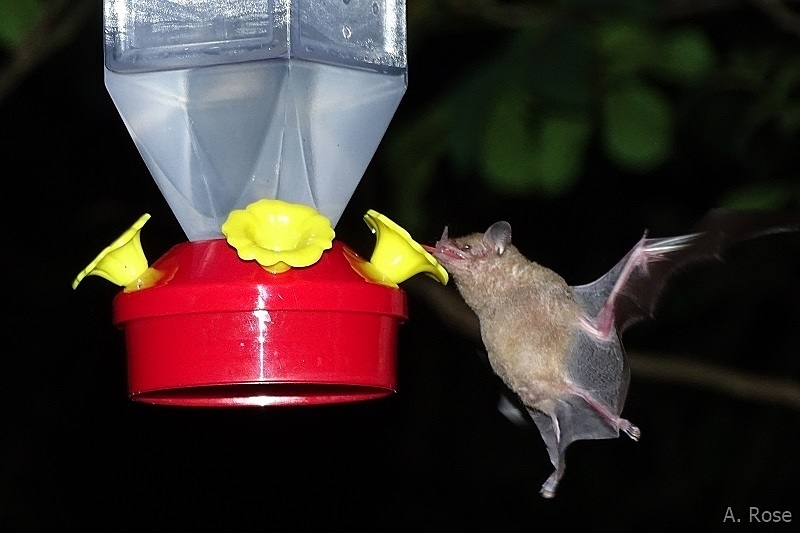
A snake (Boa constrictor) showing up in a G. soricina day-roost. Courageous mobbing or clueless inspection? However, the bats spent a lot of energy on this behavior and the snake was not successful in the end:
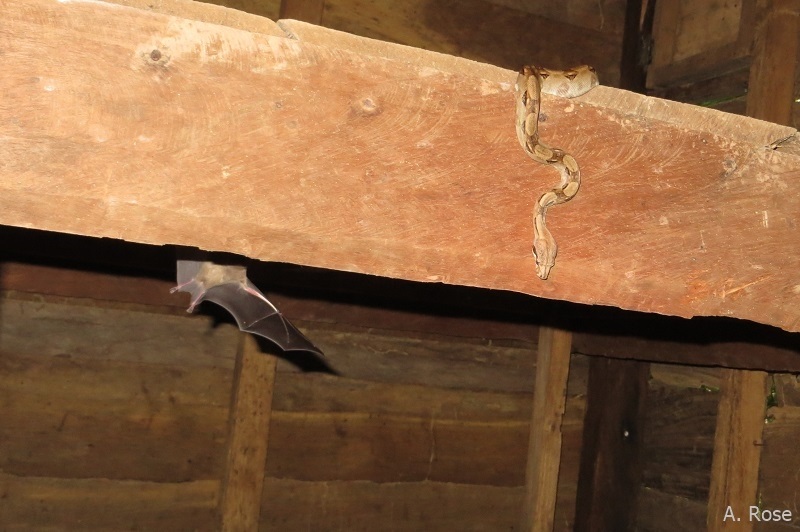
Glossophaga soricina in a cave (Santa Rosa, Costa Rica):

Pups…

Mothers use a tactile communication to tell their pups if they want to go for a foraging flight. They perform a twitching behavior until pups release the teat and adhere their claws to the roost surface:
Wing-flapping of non-volant pups:
A nursing female biting its roost-mates pup after it was left alone by its mother. The pup was already able to clumsily fly and survived:
Bat-flies walking around on nursing G. soricina:
Videos with maternal mouth-to-mouth feeding behavior can be found here:
More pictures:
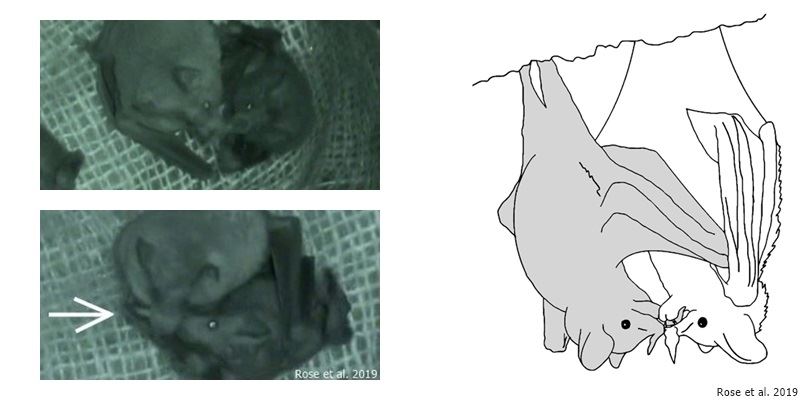

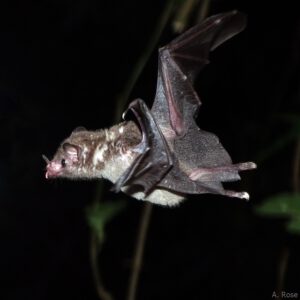

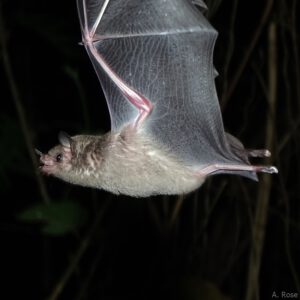
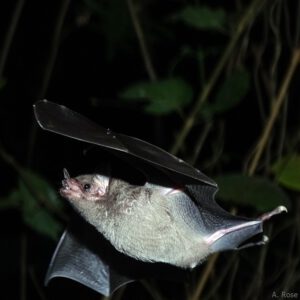

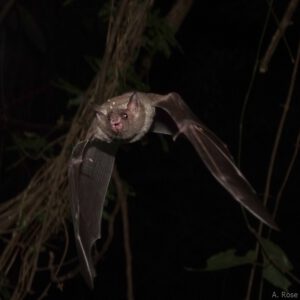


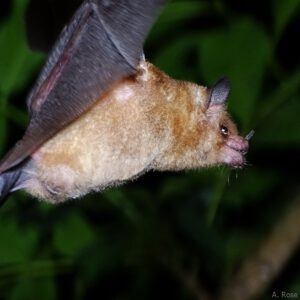
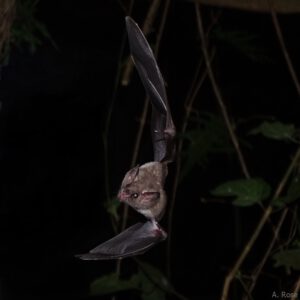


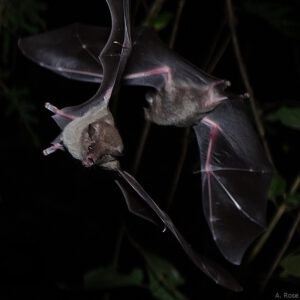

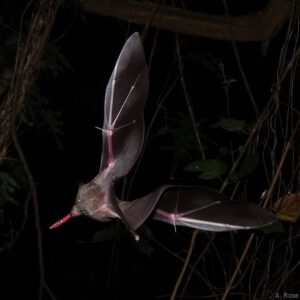
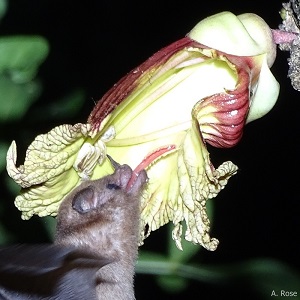

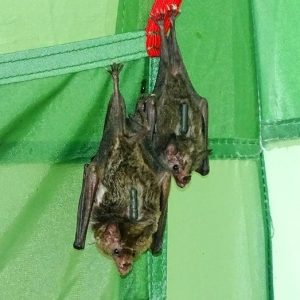
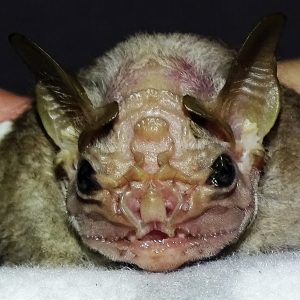
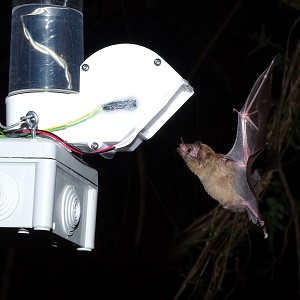


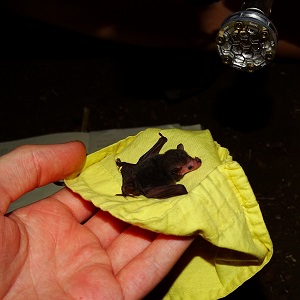

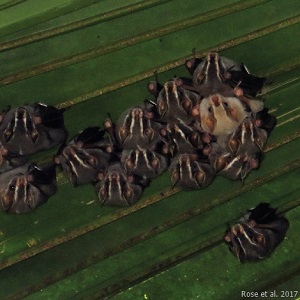

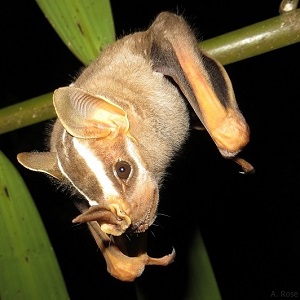
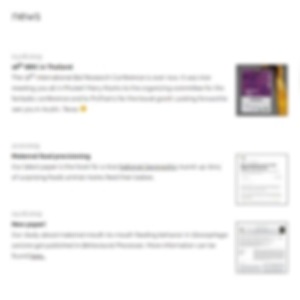

 ORCiD
ORCiD